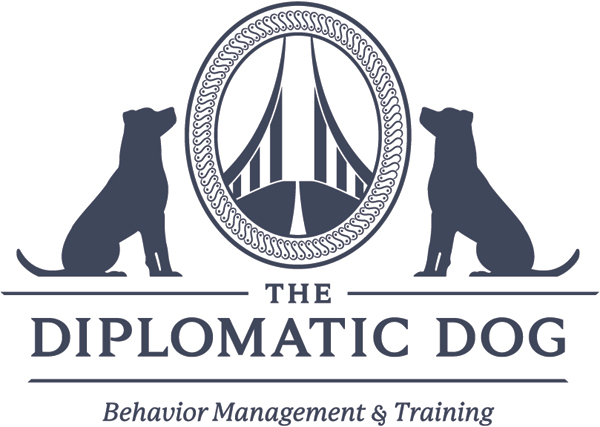Approach
How I Train
During my eight years at the Olde Towne School for Dogs, I was able to hone my craft on a wide variety of issues – aggression, leash reactivity, separation anxiety, shyness, resource guarding, general misbehavior or misguided behavior by both the dog and the owner– as well as with just about every breed and with clientele from all walks of life.
Training = Dog & Owner Learning
Through my experiences there, I have learned that dog training should really be called dog and owner learning because it is a life-long endeavor for both you and your dog. You never really finish teaching or learning from your dog – you only finish training specific exercises that you can then use to create protocols and structure to better guide your dog and help him understand your expectations. It is an on-going process that you need to nurture and maintain – just like any other relationship you have in your life.
It’s also not all about the dog – much of the learning is for you as the owner – how you respond to your dog, how you address your dog and how you sometimes make matters worse by your own reactions. Your behavior affects your dog’s behavior – just as your dog’s state of mind can affect your state of mind and vice versa. Obedience is a way in to state of mind.
Building Trust
I start with building trust by first just interacting with your dog without any expectations. By getting to know your dog, I can focus on what’s best for him and how to best approach the training. At the same time I will be learning more about you and how you relate to your dog so that we can also work on how to best interact and communicate with your dog. I then move on to teaching the foundation exercises (heel, sit, down, place, come). We then will combine it all – the foundation exercises and your new and/or improved way of interacting with and relating to your dog - to help you create protocols and routines that you incorporate into daily life to give your dog the structure and security he needs.
These protocols and routines then become the predictable constants that help both of you adapt more easily to all that comes your way during your journey together – whether that’s an international move, having a baby, adding another dog to the household or any other life event.
Training Tools
I take a holistic approach that treats the whole – owner, dog, situation – rather than just the symptoms. To do so, I draw from my experience and the many tools available to help you best communicate with your dog. There is no “one size fits all” or one extreme or another, but rather a balanced approach that best matches the combination of current situation/issues and the temperaments and personalities of each unique dog/owner pair.
Tools as an Interpreter
The training tools – whether martingales, prong collars, Haltis, chain collars, slip leads or e-collars – are just that – tools – devices that aid in the accomplishing of a task. In this case the task at hand is communicating with your dog. As your dog does not speak English, the training collar and the leash serve as a type of interpreter, helping you give your dog information in a language that he understands –pressure. Pressure always motivates some type of response or movement in the search of the relief or release of that pressure. As soon as the dog responds to pressure, whether leash, spatial, resource or social, we reward and respond by releasing that pressure and the dog learns how to turn the pressure off.
Your Tools
You are not applying physical pressure with a heavy hand to punish, but rather a slight, steady pressure accompanied with an active release of this pressure to show, rather than tell, your dog what you want from him. Besides the physical training tools, you also will use other tools in your own toolbox – persistence, patience, intention, consistency, trust and respect. They all help in how you apply and release the pressure and ultimately how clearly you communicate.
Like the diplomats, who mostly use social pressure, I want to teach you how to read your dog and respond to your dog so that you are working cooperatively. It is my job to help you figure out the best combination of all the tools – the physical, yourself, the foundation exercises and protocols - to use to communicate clearly and consistently with your dog. Ultimately, I want to help you improve your relationship with your dog and help you answer, in the words of Sean O’Shea:
"Would you follow you?"
“Kathleen is the perfect balance of compassion and discipline, and her years of experience allow her to evaluate, correct, and educate her two- and four-legged clients alike. After now training both of our dogs, she has clients for life! ”
Oliver & Lulu


